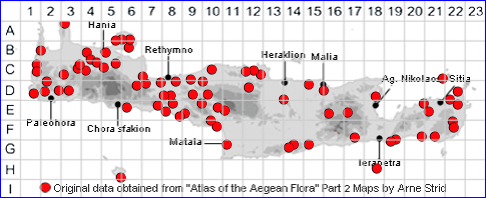
SILENE GALLICA
Family and Genus:- See- CARYOPHYLLACEAE/Sect. SILENE
Common Names:- Small-flowered catchfly
Homotypic Synonyms:- Corone gallica, Oncerum gallicum, Silene arvensis.
Meaning:- Silene (Gr) A name used by the Greek philosopher Theophrastus for
catchfly.
Gallica (L) From France, French.
General description:- Very variable short to medium sticky-hairy annual.
Stems:-
1) 5-45 cm, erect, simple to much-branched, pubescent, viscid above or glabrous.
Leaves:-
1) Opposite, simple, narrow, linear to lanceolate, only the lower ones petiolate, very
hairy.
Flowers:-
1) White or pink, often with red marks at the base of the petals, from 6-10mm,
erect, joined together in unilateral racemes.
2) Corolla, with 5 free petals, indented or not.
3) Calyx, with 5 bulbous sepals, from 7-10 mm long, tightened at the top, with a
protruding vein masking the base of the petals.
4) Stamens,10 including 5 a little shorter.
5) Styles, 3
Fruit:-
1) Capsule, 6-9 mm; carpophore usually 1 mm or less.
2) Seeds, dark brown; faces deeply concave, covered in numerous small striated
tubercules.
Key features:-
1) Calyx. 7-10 mm.
2) Carpophore. less than 1 mm.
3) Seeds. with excavate face and wide, flat or concave back.
Habitat:- Generally as a weed of fallow fields, olive groves, vineyards and
roadsides, sometimes in coastal habitats or on rocky slopes with dry open shrubby
vegetation. 0-600(-1100) m.
Distribution:- Widespread and common throughout the Mediterranean. Fairly
widespread on Crete, more common in the west.
Flowering time:- Mar-June.
Photos by:- Steve Lenton
SPECIES DESCRIPTION
